
Men with prostate cancer assigned to intermittent ADT experienced more ischemic and thrombotic events than did men assigned to continuous ADT.

Your AI-Trained Oncology Knowledge Connection!


Men with prostate cancer assigned to intermittent ADT experienced more ischemic and thrombotic events than did men assigned to continuous ADT.

Most patients with advanced cancer, and up to 60% of patients with any stage of the disease, experience significant pain. The WHO estimates that 25% of all cancer patients die with unrelieved pain.

Many patients with advanced cancer undergo a wasting syndrome associated with cancer anorexia/cachexia and asthenia. In defining these terms a bit further, anorexia is associated with a marked loss of appetite and/or an aversion to food.

Chronic lymphocytic leukemia (CLL) is a clonal malignancy that results from expansion of the mature lymphocyte compartment. This expansion is a consequence of prolonged cell survival, despite a varied cell.

This management guide covers the risk factors, screening, diagnosis, staging, and treatment of non-Hodgkin lymphoma.

Although marked progress in controlling chemotherapy-induced emesis has occurred over the past 25 years, nausea and vomiting remain among the most distressing side effects of cancer chemotherapy.

This management guide covers the diagnosis and treatment of early-stage breast cancers, including lobular carincoma in situ (LCIS), ductal carcinoma in situ (DCIS), and both noninvasive and invasive disease.

This management guide covers the risk factors, symptoms, screening, diagnosis, prevention, and staging of breast cancer.

This chapter addresses the diagnosis and management of locally advanced, locally recurrent, and metastatic breast cancer, that is, stages III and IV disease.

This management guide covers the treatment of stage II breast cancer, malignancies with primary tumors > 2 cm that involve ipsilateral axillary lymph nodes and tumors ≤ 5 cm without nodal involvement.

Fatigue and dyspnea are two of the most common symptoms associated with advanced cancer. Fatigue is also commonly associated with cancer treatment and occurs in up to 90% of patients undergoing chemotherapy.

Results from a phase I/II study suggest that the immunotherapy nivolumab is safe and effective in advanced hepatocellular carcinoma (HCC).

Aflatoxin, a naturally occurring toxin produced by certain types of molds, has been found to be associated with an increased risk of gallbladder cancer.
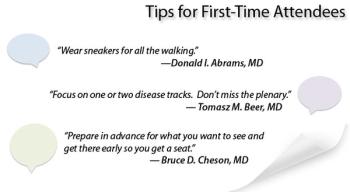
We present some tips and advice from the editorial board of ONCOLOGY on how to make the most at the 2015 American Society of Clinical Oncology (ASCO) Annual Meeting, including places to go in Chicago, nice spots at McCormick Place, and some recommended presentations and sessions.

A survey showed that cancer patients' attitudes about alternative medicines explained their use more so than demographics and clinical characteristics.

The Federal Trade Commission has charged four US cancer charities with fraud, accusing them of diverting more than $187 million in charitable donations.
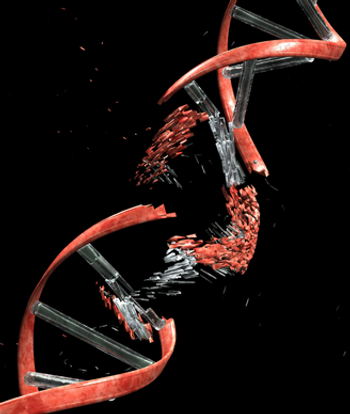
Patients with acute myeloid leukemia who had a DNMT3A mutation had poorer disease prognosis, according to an analysis of patients aged 60 years or younger.

A Swedish study found that 3D tomosynthesis screening detected 40% more cases of breast cancer compared with traditional digital mammography.

A prospective study found that a bronchial airway gene-expression classifier improved the diagnostic performance of bronchoscopy for lung cancer detection.

The appearance of bone metastases on FDG PET/CT was influenced by breast cancer histology, with non-FDG-avid lesions more common in invasive lobular carcinoma patients.
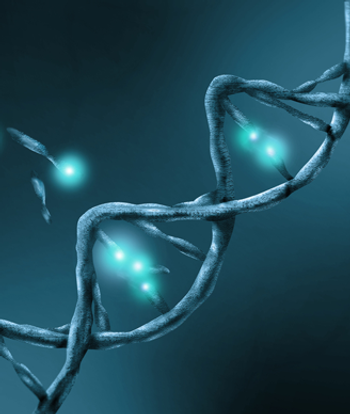
Genotyping of African Americans suggest that with regard to somatic driver mutations in non-small-cell lung cancer (NSCLC), black patients do not significantly differ from white patients, according to a new study.

In a mouse model, researchers found that TRAIL-R2 inhibition prevented bone metastases, suggesting a possible therapeutic strategy for breast cancer patients.
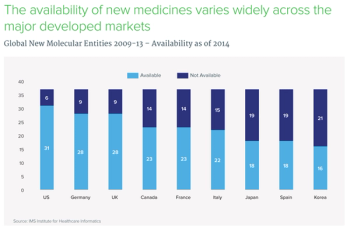
This slide show looks at patient access to oncology agents both in the United States and abroad, and examines barriers and other constraints preventing new treatments from getting into the hands of patients.

Advocacy is about making sure that our lawmakers enact the best healthcare policies for our patients. Just as we have a duty to our patients in the clinic, we also have a duty to advocate for laws that benefit patients’ health.

As part of our coverage of the 2015 ONS Annual Congress, we discuss genetic testing for cancer patients and the role of oncology nurses.
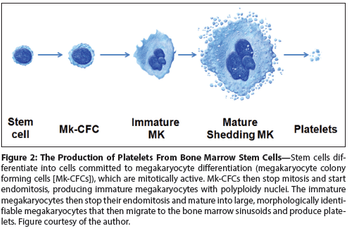
This review will focus on the general approach to, and treatment of, thrombocytopenia in cancer patients, including thrombopoietin treatment in patients receiving non-myeloablative chemotherapy.

In a recently published study, patients who did not respond to initial radiation or re-irradiation of symptomatic bone metastases had significantly higher urinary markers of bone turnover at baseline and follow-up.

A recent retrospective study elucidates the correlation between breast cancer subtype and metastasis site, time to relapse, and patient survival.

A trite modern metaphor for the absence of good options refers to those choices that are only “better than a sharp stick in the eye.” I was recently faced with a medical problem where I had to decide whether I had an option superior to a sharp stick in the eye.

A new study has shown that consumption of fish oil can raise the plasma levels of fatty acids, which may cause resistance to chemotherapy for cancer treatment.